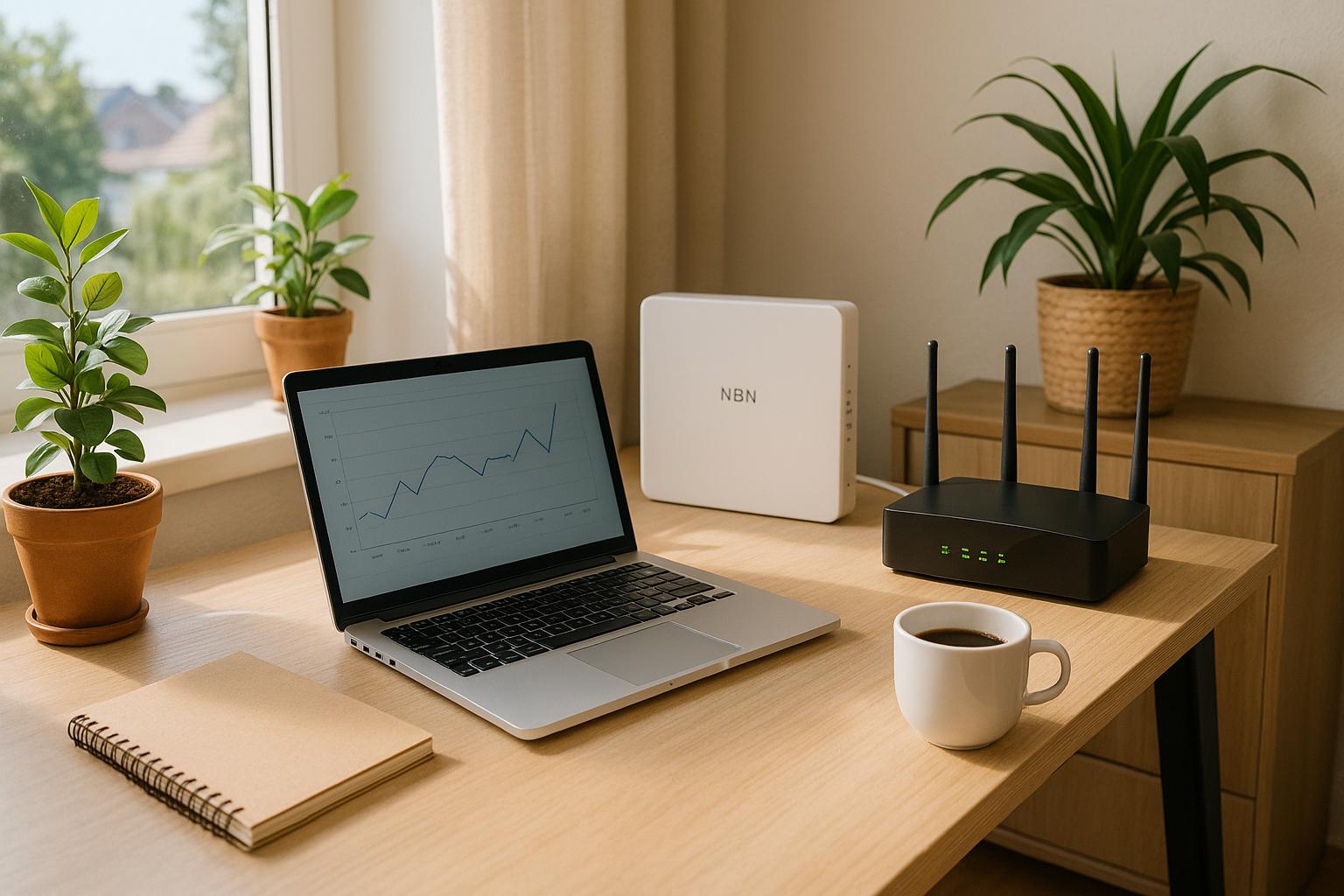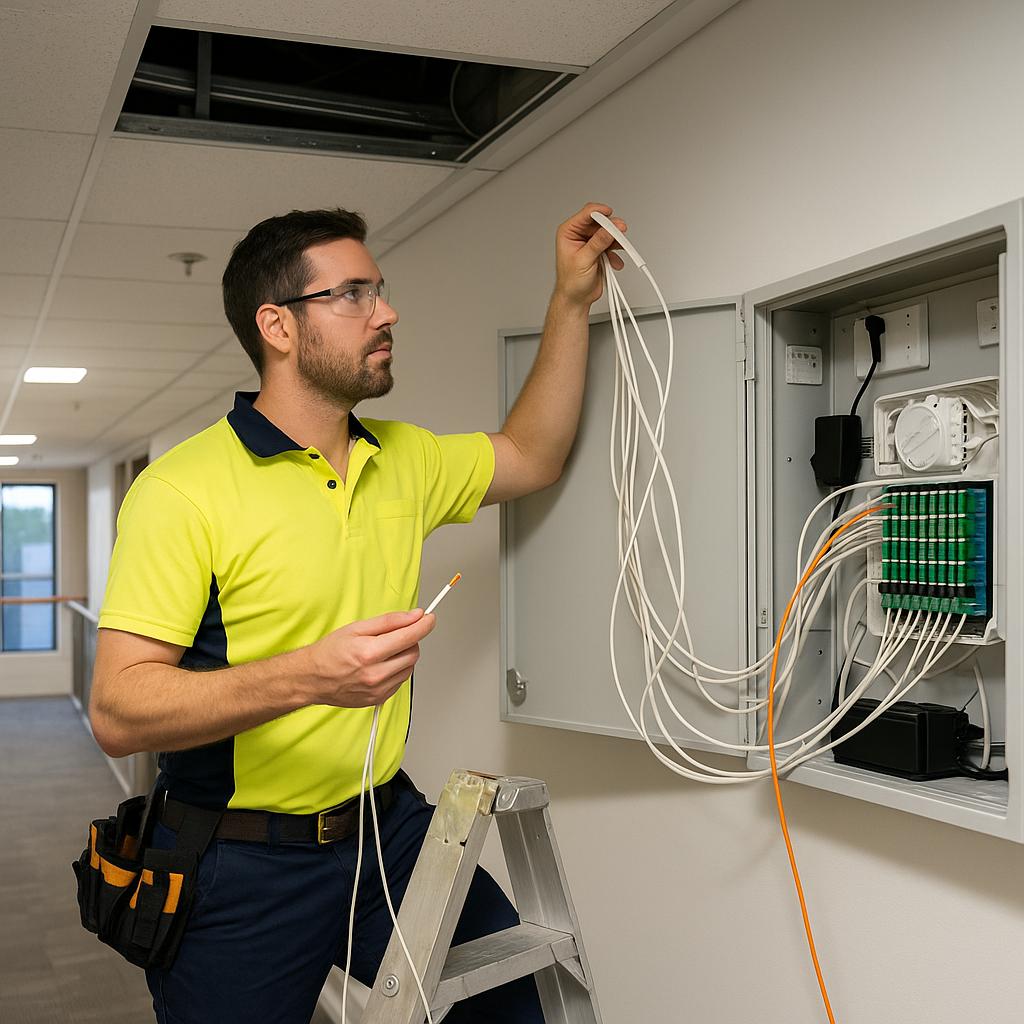G’day! Living in rural or remote areas in Australia can sometimes feel isolating, especially when it comes to achieving reliable internet connectivity. Satellite internet services might just be the saving grace you need to stay connected. As indispensable as this technology can be, it’s crucial to weigh the pros and cons to see if it fits your lifestyle and budget.
What is Satellite Internet?
Satellite internet is a type of home internet service that uses satellites stationed in orbit to provide internet coverage to nearly any location on Earth. For Aussies living in the outback or those of us on sprawling farms, it’s particularly appealing because it doesn’t rely on land-based infrastructure, which can be sparse or unavailable in remote areas.
The Advantages of Satellite Internet for Home Internet Services
1. Coverage in Remote Areas
One of the indisputable advantages of satellite internet is its ability to deliver connectivity where other services cannot reach. Whether you’re on a cattle station or a vineyard in South Australia, satellite internet offers a vital lifeline, enabling access to work, education, and entertainment effectively.
2. Easy Installation
Satellite internet involves setting up a dish on your property that’s oriented towards the satellite. Once it’s installed, you’re ready to go. Unlike fibre-optic or DSL, there are no wires to run or complex infrastructure installations, making it a straightforward process in even the remotest of settings.
3. Improved Technologies
Technological progress has made satellite internet far more reliable than it was a few years back. New satellites promise lower latency and higher speeds, bringing a previously underrated solution into the fold against other home internet services.
4. Viable for Everyday Use
Even if your streaming and downloading needs are moderate, satellite internet handles most day-to-day activities like browsing, emailing, or social media browsing quite efficiently.
The Limitations of Satellite Internet for Home Internet Services
1. Speed and Latency
Saying that satellite connections exhibit latency, which might be a tad high for gamers or people who need fast two-way communication, isn’t really breaking news. Satellite internet generally has higher latency due to the distance signals must travel. It’s something to consider if you have high expectations for response times in gaming or live video chatting.
2. Data Limits and Speeds
Though technology has improved, satellite internet still often comes with bandwidth limitations and variable speeds. Heavy users who want to stream 4K videos or download large files might find these limits frustrating. It’s worthwhile to check what data packages are available and consider your typical usage.
3. Weather Sensitivity
Satellite signals can sometimes be affected by adverse weather conditions such as heavy rain or storms. While modern systems are more resilient, it can still be something of a fair-weather friend at times.
4. Cost Considerations
While we’re not delving into specific pricing, satellite internet can sometimes be a more costly option compared to other home internet services, especially when factoring in the equipment and potential usage limits. It’s important to weigh these costs against the benefits of being connected in an otherwise inaccessible area.
Is Satellite Internet Right for You?
Whether satellite internet is the right choice for you largely depends on where you live and what your internet needs are. It’s an ideal option for those in rural or difficult-to-reach locations where traditional fibre-optic or DSL services just aren’t available. However, if you reside in a serviced urban area, other types of home internet services, like fibre-optic or wireless 5G, might provide faster and more reliable options.
Making an Informed Decision on Home Internet Services
Remember, your decision should factor in personal needs, from speed requirements and internet habits to any budget constraints. Satellite internet presents a robust solution for certain situations, but understanding its capabilities and limitations will help you make the most informed decision possible.
Final Thoughts
Satellite internet services have come a long way and now provide an invaluable lifeline to many Aussies living in remote and rural areas. However, they are not without their drawbacks, and it’s essential to evaluate these against your unique requirements. Ultimately, being connected, whether through satellite or any other service, connects us to the rest of the country and the world, helping bring Australia’s heartland right to our fingertips.
Happy surfing, and hope you find the perfect connection for your home!



